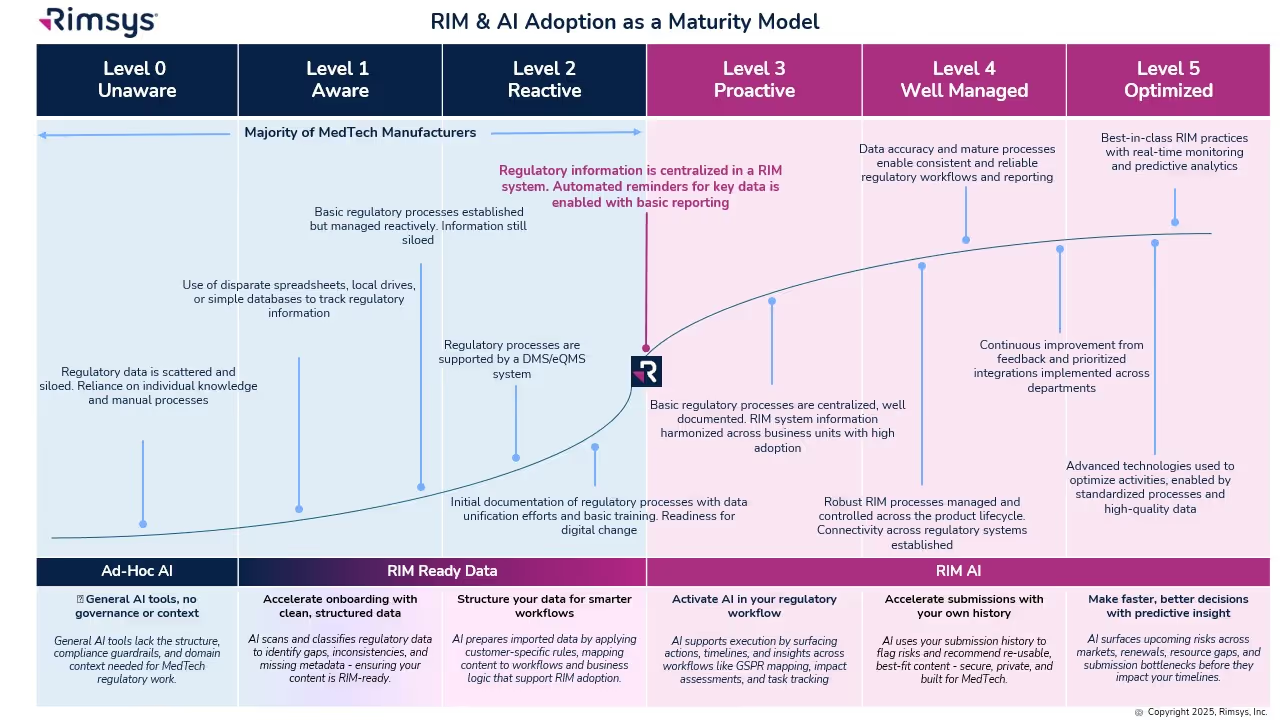
Defining nonconformance
Very simply, a nonconformance occurs when a specification is not met. The FDA defines a specification in 21 CFR 820.3 as “any requirement with which a product, process, service, or other activity must conform,” and ISO 13485:2016 as a “need or expectation that is stated, generally implied, or obligatory.”
While managing nonconformance starts with fully defining specifications; it is the identification, tracking, and resolution of nonconformance that is a focus of medtech quality and regulatory teams and a requirement of both ISO 13485:2016 and the FDA’s 21 CFR Part 820 quality system regulation.
Identifying nonconformance occurrences
As part of a compliant quality system, medical device manufacturers should implement procedures to identify and address both major and minor non-conformances. Nonconformances may be identified through processes found in multiple subsystems that are part of an overall quality management system within the organization.
The systems and subsystems in which nonconformances are identified typically include:
- ERP
- Regulatory information management (RIM)
- Product lifecycle management (PLM)
- Document management
- Customer service / customer management
- Complaint handling
- Device history records
- Audit management
- CAPA
- Training/learning management
- Calibration/preventative maintenance
- Development change management
Evaluating nonconformance
Once a nonconformance is identified, it should be evaluated in a timely manner, and a determination made as to the disposition of any affected products. Requirements for additional investigation and reporting should also be identified. Based on the severity of the nonconformance and its effect on the safety and efficacy of devices being manufactured or already in the market, a CAPA (corrective/preventative action) record may need to be created. In the U.S., this is defined in the quality regulation 21 CFR Part 820.100.
To disposition a nonconformance, consider the following:
- Will the existing system detect the nonconformance if it recurs in time for remediation?
- How likely is it that this issue will recur?
- What is the impact of the non-conformance (i.e., could it affect patient health)?
Issues that are more severe or are more likely to recur should trigger a more immediate and comprehensive response.
Nonconformances that are escalated and handled under CAPA are based on risk and can include those that have or could have an impact on a product or process that is:
- Not easily corrected
- Recurring
- Severe
In addition, nonconformances that rise to the level of a CAPA require significant resources and typically result in a full project to identify root cause(s), containment, and corrective actions, and monitoring for effectiveness.
Nonconformances that don’t require a CAPA have simpler resolutions that include documenting actions taken to correct the issue (or justification for no action). If the issue is not recurring, there may be no other action required. For example, a nonconforming material received from a vendor may be a singular issue that was easily identified through existing inspection procedures and is not expected to recur. In this case, the material is returned to the vendor and no additional action is required.
Processes that are out of conformance are often resolved through improved documentation and/or additional user training. However, be sure that the true root cause of the nonconformance is identified as procedural nonconformances can signal additional issues.
Documenting nonconformances
An important part of nonconformance procedures is the nonconformance report (NCR) or other documentation procedures. Nonconformances are typically documented within the subsystem in which they were identified. Some organizations will have a nonconforming system in which issues originating from all subsystems are documented. Centralized nonconformance systems allow for trending and other analysis across all subsystems, the results of which may generate CAPAs.
The requirements for documenting a nonconformance may vary by subsystem. In general, however, nonconformance documentation records:
- The requirement/specification that was not met.
- The objective evidence supporting the determination.
- The action that is being taken to address the nonconformity.
Nonconformances are a common point of focus during quality audits by regulatory bodies, including the FDA, and should follow a well-documented process. Auditors will often try to determine if the quality system is functioning effectively by looking at self-identified nonconformances and comparing them to externally reported nonconformances. This is to ensure that nonconforming products were not released, or that the appropriate actions were taken to resolve issues in the field.
The importance of nonconformance reports
Nonconformances related to distributed products of higher risk result in nonconformance reports issued to government authorities through vigilance reporting, medical device reporting, and field action/recall reports. For example, the FDA requires that a medical device report be submitted within 30 days of a serious adverse event (see 21 CFR Part 803 Subpart E). Strong reporting procedures for nonconformances of all types are important in identifying trends, addressing issues before they become critical, and as part of a complete quality management system.
A nonconformance reporting procedure is only part of a strong quality system. Read An overview of 21 CFR part 820 and ISO 13485 overview for more information on establishing quality systems for medtech companies.
Similar posts







.avif)

